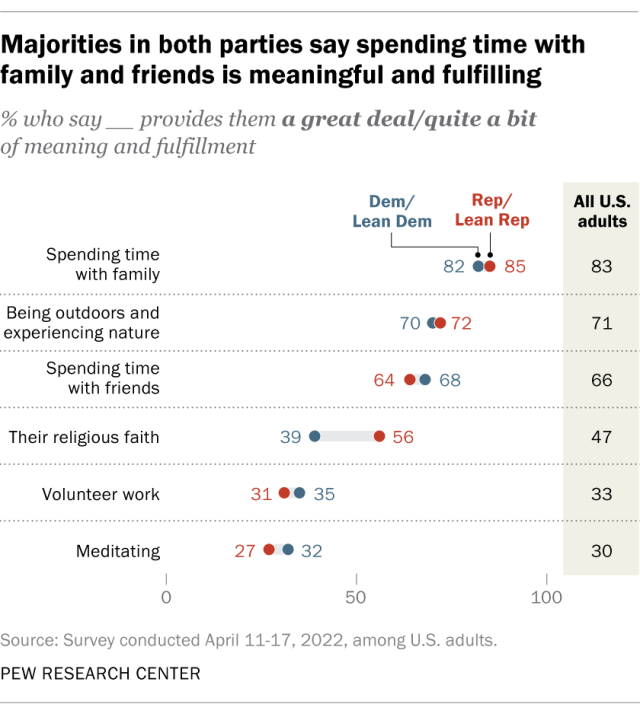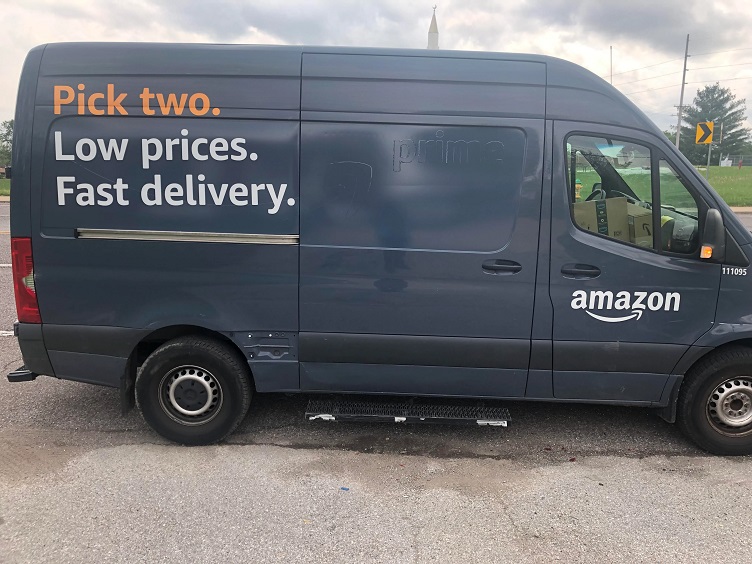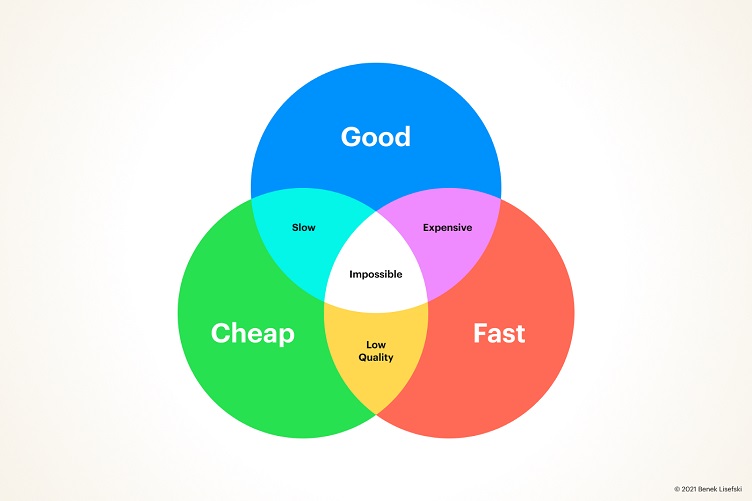Last month Drew McManus had box office manager Tiffin Feltner make a guest post on his Adaptistration blog on the topic of comp tickets. It has taken me about three weeks to stop grinding my teeth long enough to make a post of my own on the topic. You will see a lot of posts about optimizing ticket prices based on various criteria and I think those assume people have a handle on their comp ticket policies. But let me tell you, in my experience there are a lot of people out there you think would know better who have absolutely bonkers approaches to comp ticketing.
Feltner notes that about 40% of comps go unused. I wondered if that is a nationwide statistic or just what they have observed in terms of the venues they serve. Reports I have pulled from my ticketing system often show much greater rates than that.
Organizations I have worked at have ticketed events for rentals of our own venue as well as served as a community ticketing hub providing service to other organizations at their venues. Many times they are not only comping tickets for individual events, but providing comp subscriptions which results in a large number of empty seats for the entire year.
There are so many issues that arise because of comp ticketing decisions. First, because organizations like to comp tickets and subscriptions to important guests, they place them in large, consecutive groups in the closest rows. Which means if people don’t use the comps, you can have a nearly sold out event where the first 10 rows are virtually empty and those in attendance are packed like sardines in the back of the venue.
Then there are other cases when the event is sold out in the ticketing system and the client can’t get a special last minute guest in because they distributed the house seats held back for this purpose days earlier. Then of course, when the show starts there are a bunch of empty seats because so much of the house had been comped.
We have run into situations where the client decides a ticket holder has forfeited their seat by not showing up five minutes before, without ever having communicated that policy. (Because it didn’t exist until just now.) Sometimes the ticket holder shows up to find their seat occupied, sometimes that bullet is dodged.
Then there have been times the client tells us they have confirmed a ticket holder is not attending, asked us to assign the ticket to someone else, and then put a sign on the seat reserving it for a third person.
Not only are poorly considered ticketing policies bad optics and create poor customer relations, most of the time the ticketing staff ends up as the target of blame for these bad decisions–often by the people responsible for making these bad decisions. This is what makes me grind my teeth because all these bad feelings and awkward situations could be avoided with a little forethought and policy discipline.
In their guest post, Feltner suggests using a card that can only be redeemed on the night of the show as a solution to the comp issue. That is similar to an approach my staff has used with clients where we suggest unassigned blocks of seats strategically placed in places with good sightlines. These blocks can be assigned as needed when it is known what VIPs will be attending. This allows for better placement and assignment of seats prior to an event date.
However, there needs to be strong comp policy guidelines in place so that there isn’t a gradual creep back to 1/3 of the seats being comped well in advance. If your venue scans tickets, you are probably able to pull a no-show report broken down by ticket category that can provide insight into how many of the comps are being used which can inform tweaks to the ticketing policy.
While I am advocating for a robust comp ticket policy, this is not to say that you shouldn’t be offering comp tickets. There are a lot of reasons why free admission is a bad idea, but it can be useful to achieve targeted goals. As Feltner mentions, it is important to have some sort of tracking mechanism in place to evaluate whether you are achieving those goals.
One thing to consider if you are offering comp tickets as a sponsorship or donor benefit is to ask the recipient if they plan to use the tickets. In my experience, a fair number of people provide support because they believe in the organization’s work, but don’t necessarily intend to redeem the benefits that come with the support.
Not only does that allow those seats to be filled, but it also allows a greater portion of their donation to be credited as tax deductible because they are not receiving material benefit. However, this benefit needs to be refused immediately at the time of the donation. You can’t ask people in December after you have had 8 events occur and then retroactively provide credit for unattended shows. If they do decide to attend one event at a later time, you can always comp them in then and make an appropriate adjustment to their donation credit.








Thanks for what you are doing to bring cultural change to the arts. It is so important to represent everyone.…